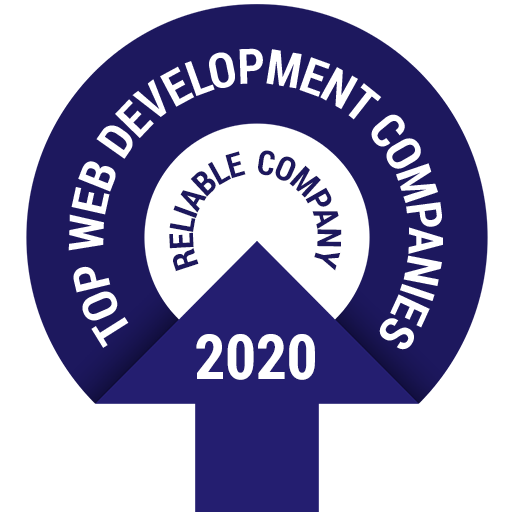Everyone seems to be excited and talking about Agile product development these days. Let’s see why.
Getting a product to market is more challenging and competitive than ever before. Adaptability is crucial, and many traditional product development methods overlook the importance of that flexibility.
It’s not that traditional development methods are inherently bad – they simply lack in the necessary flexibility to be effective. The primary objectives of product development are to reduce time to market, increase product quality, and save money, all while delivering a product that exceeds client expectations.
To begin this guide, let’s review the Waterfall model, a more traditional approach to product development that you may already be familiar with.
The Waterfall Development Model
If you can imagine progress flowing from top to bottom in a cascading fashion, you will begin to get a sense of the allegorical origins of the ‘Waterfall’ method.
First used in the manufacturing and construction industries, the Waterfall model follows a sequential design process. In other words, each of its seven phases of development must be satisfied in order to move on to the next. If an error occurs in a later phase, the Waterfall model necessitates returning to an earlier phase in the sequence.
In essence, this results in having to retrace a number of steps in between. Needless to say, a mistake in a later phase can be both expensive and time-consuming.
To put it simply, a model that relies upon moving through only one of seven sequential phases at a time will be slow, tedious, and without flexibility.
Thankfully, the Agile product development methodology has demonstrated the ability to overcome these limitations.
What Is Agile Product Development?
The Agile model calls for a team-based approach to problem solving and product development. As opposed to Waterfall, which takes a sequential approach to task completion, Agile boxes development into phases called ‘sprints.’
Product development using Agile development methodology keeps priorities focused based on their perceived value to the client. As work is completed, conclusions are drawn to considering the timing and planning for upcoming sprints.
The bottom line is that continual input from the client is a necessary component to the Agile model.
Types of Agile Product Development
The Agile product development methodology, as flexible as it is, is often known to take on one of the following variations:
- Extreme Programming (XP): Ideal for software development projects, this variation incorporates many real world applications observed by developers.
- Dynamic System Development Model (DSDM): This variation incorporates the concepts of iteration, incremental delivery, and customer collaboration.
- Scrum: A variation that concentrates on taking an iterative and incremental approach to managing tasks within a team-based environment.
- Lean Development (LD): This variation is best known for creating a smooth workflow, a mentality of ownership, elimination of unnecessary waste, and a demand for high skill levels.
Certainly there are numerous variations to the Agile model, but Scrum is the most widely adopted Agile methodology for its proven effectiveness in development projects.
Process for Agile Product Development
Regardless of the variation on the model itself, the phases – or sprints – of product development using Agile methodology are fundamentally similar to Waterfall:
- Conception
- Initiation
- Analysis
- Design
- Construction
- Testing
- Deployment
The main difference, as outlined above, is that input is required from the client upon completion of each phase. This generally results in a more transparent approach to completing the job, early delivery, predictable costs, a more engaging end-user experience, and ultimately more flexibility with respect to unforeseen changes.
Agile Product Development Methodology Is Ideal
A lack of speed and flexibility tend to be the downfall of onshore and offshore product development alike, most often the result of using outdated product development models.
While Waterfall may follow a predictable and routine series of phases, it often overlooks the small yet crucial details necessary in the early phases of the project. It also overemphasizes the end goal, without the due respect and attention the in between steps deserve.
On the other hand, product development using Agile methodology keeps the focus on project quality, customer requirements, and carefully prioritized work phases, or sprints.
Consider using Agile product development methodology for your next major project – the flexibility and team-oriented collaboration will add immeasurable value to the final product.

Written by Tanya Kumari
Tanya leads the Digital Marketing Team at Classic Informatics, a leading web development company . She is an avid reader, music lover and a technology enthusiast who likes to be up to date with all the latest advancements happening in the techno world. When she is not working on her latest article on agile team dynamics, you can find her by the coffee machine, briefing co-workers on the perks of living a healthy lifestyle and how to achieve it.








.png)







